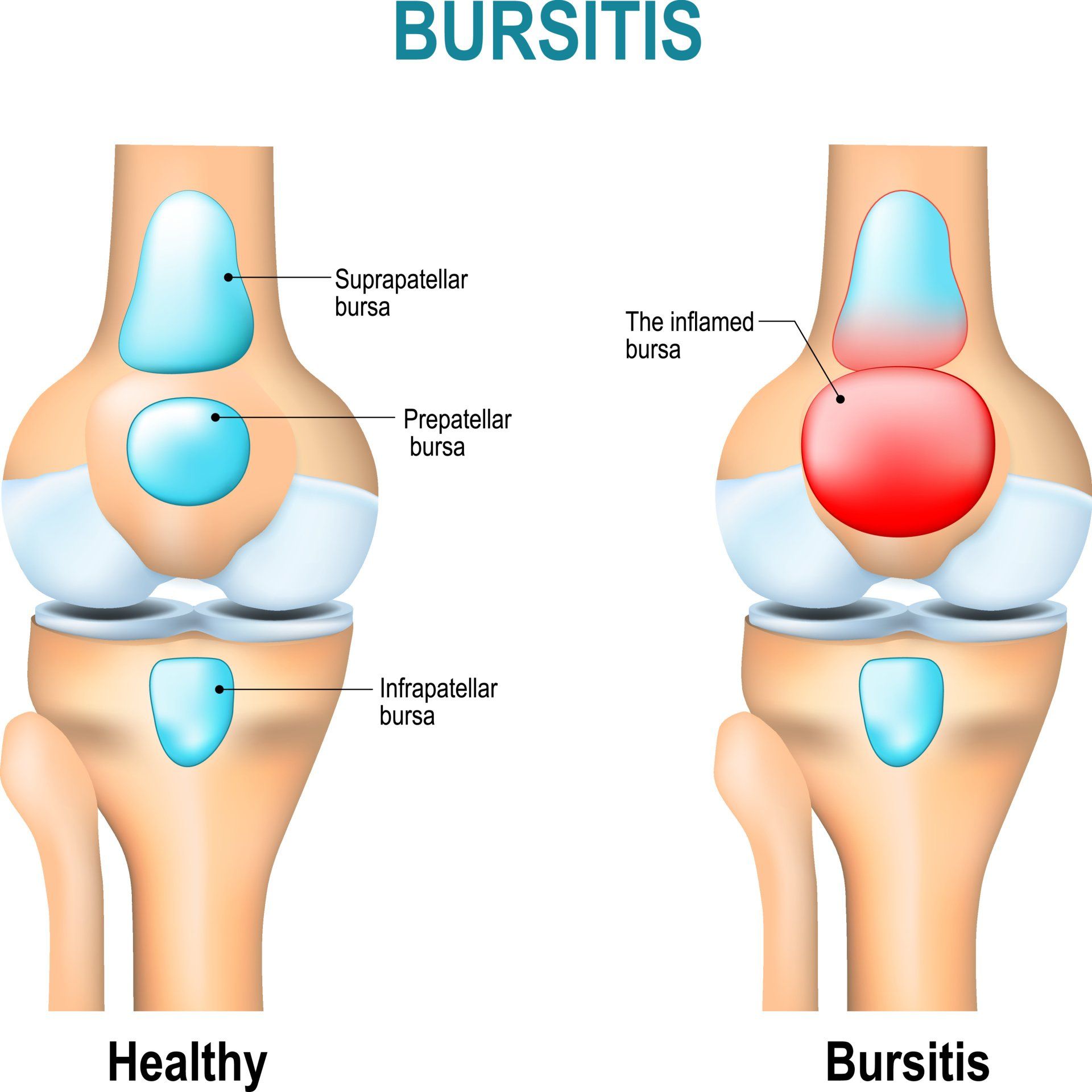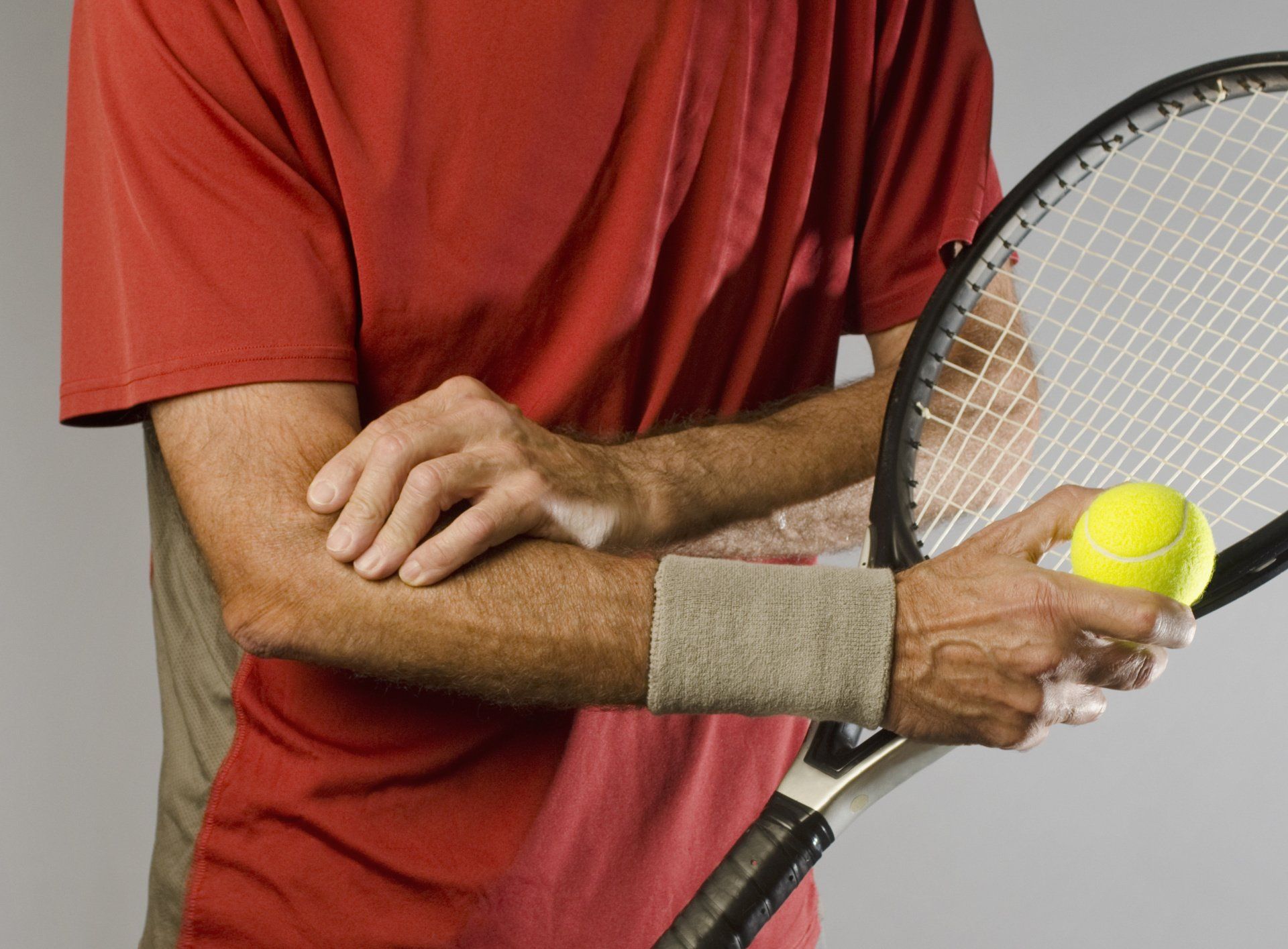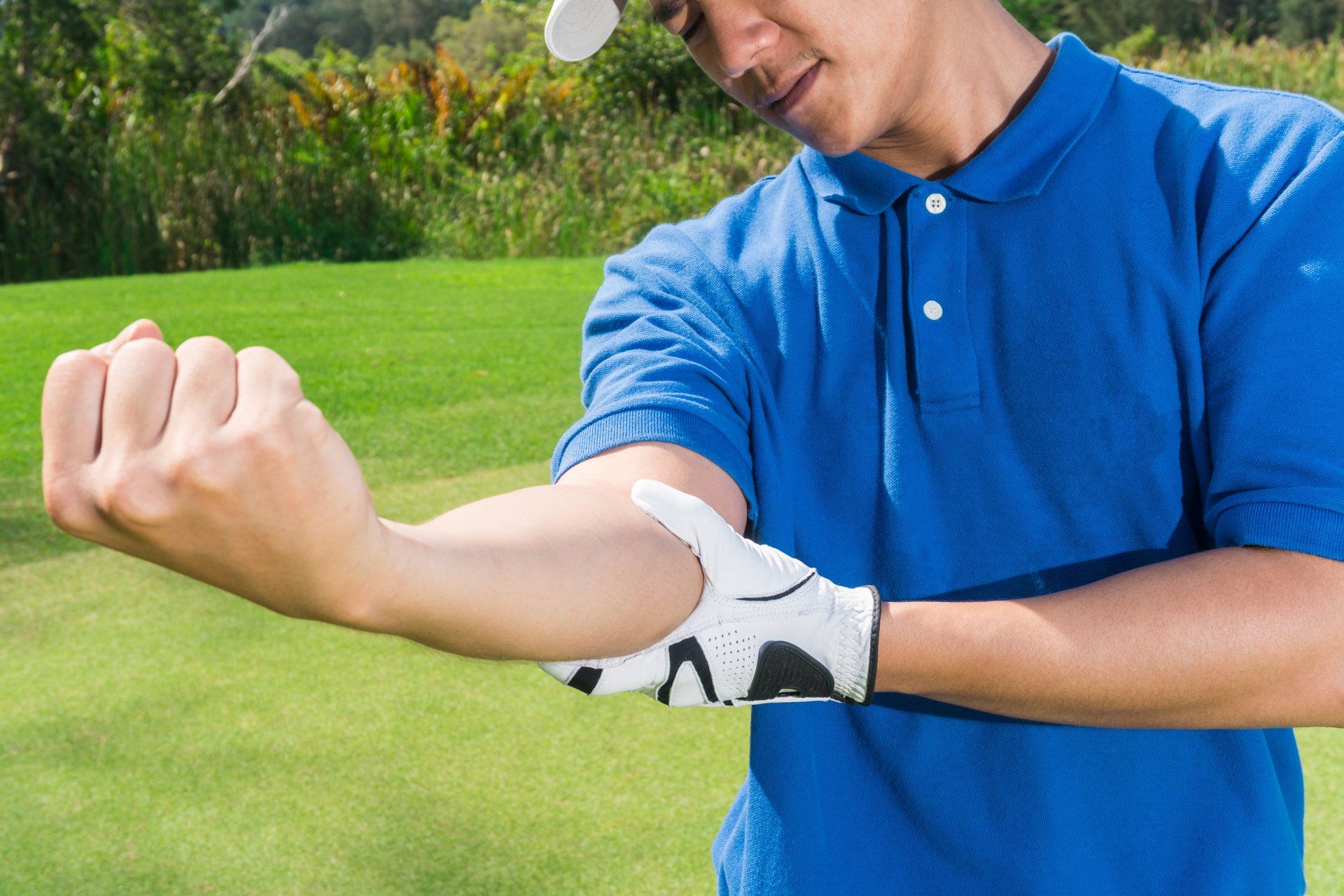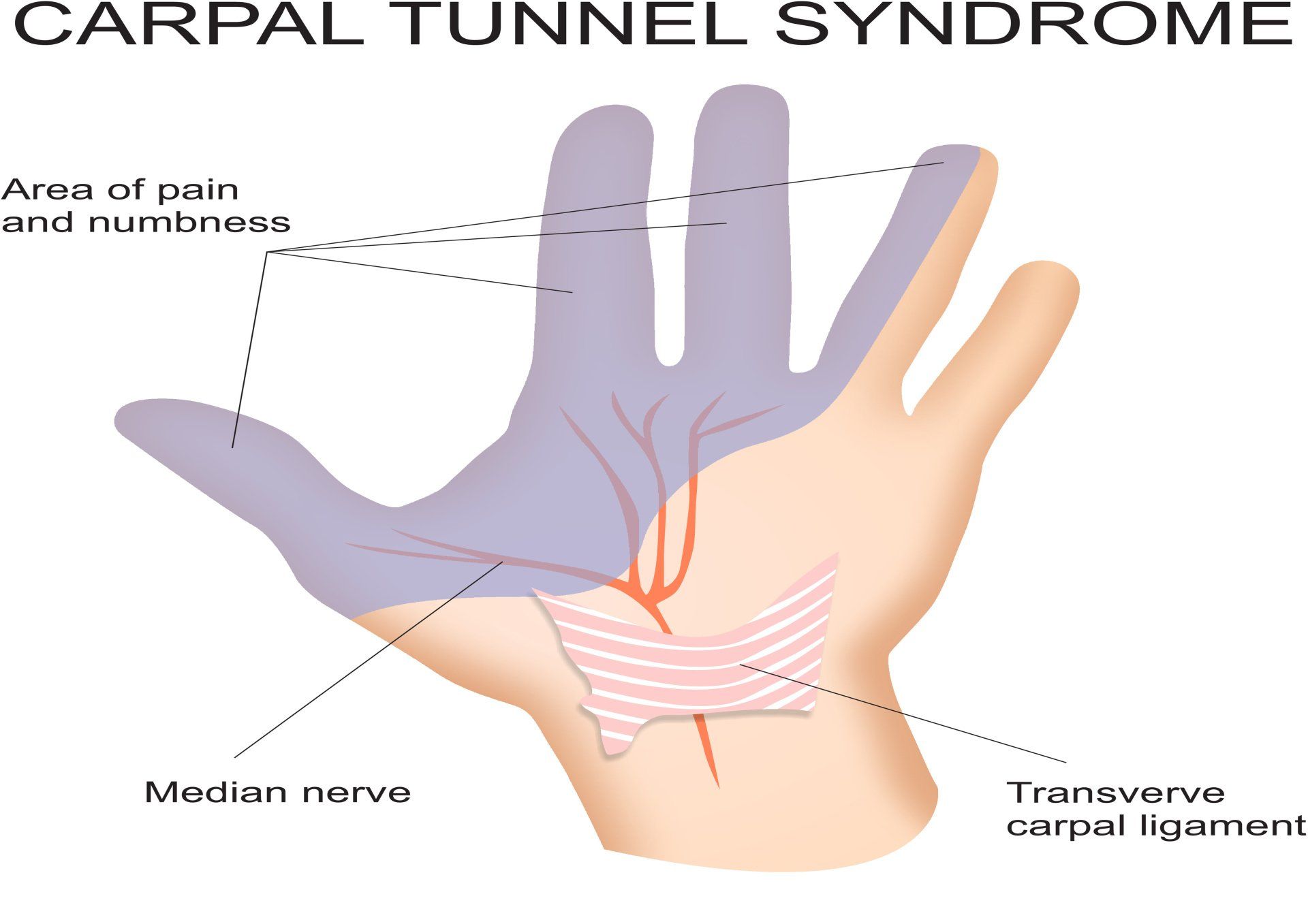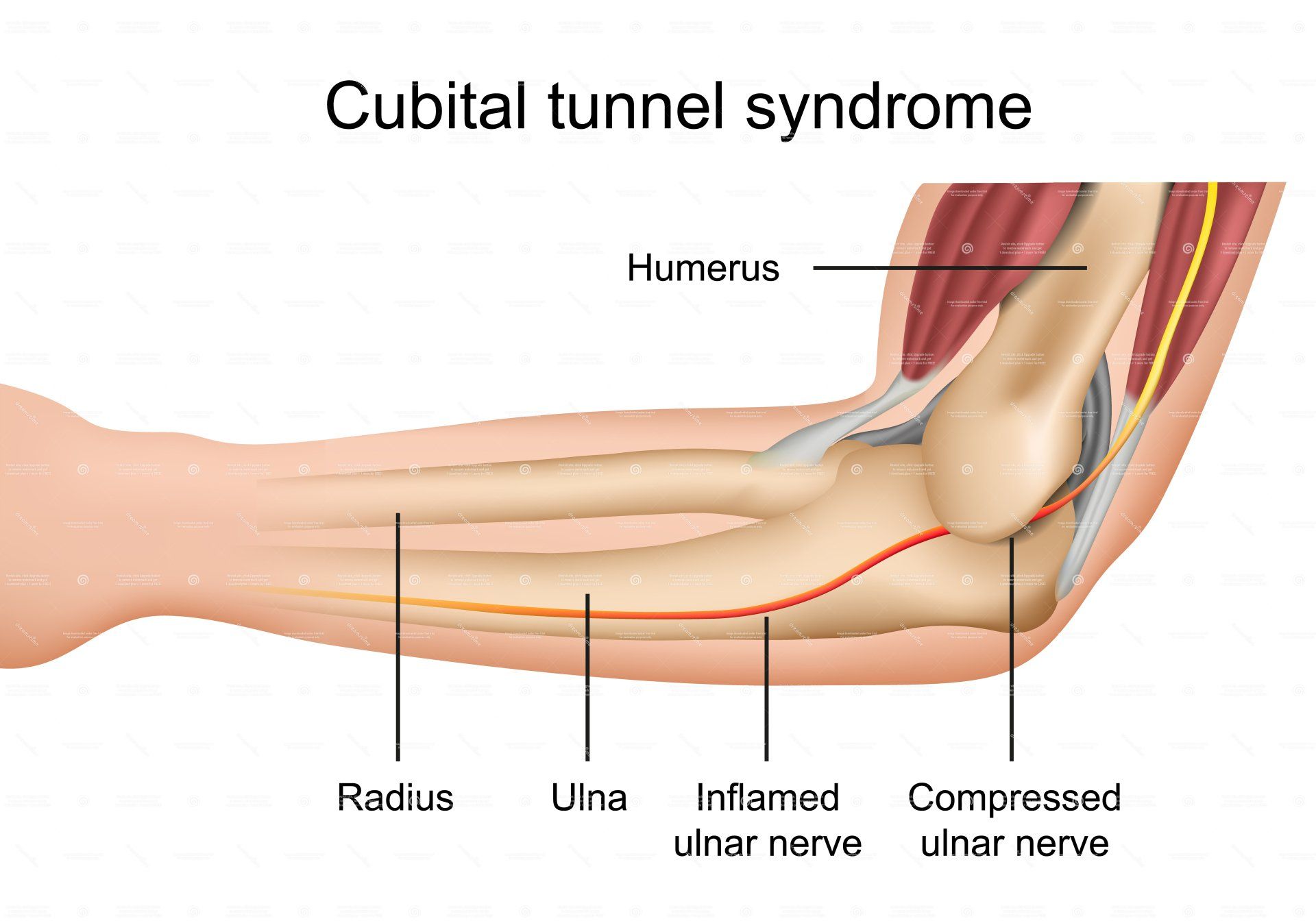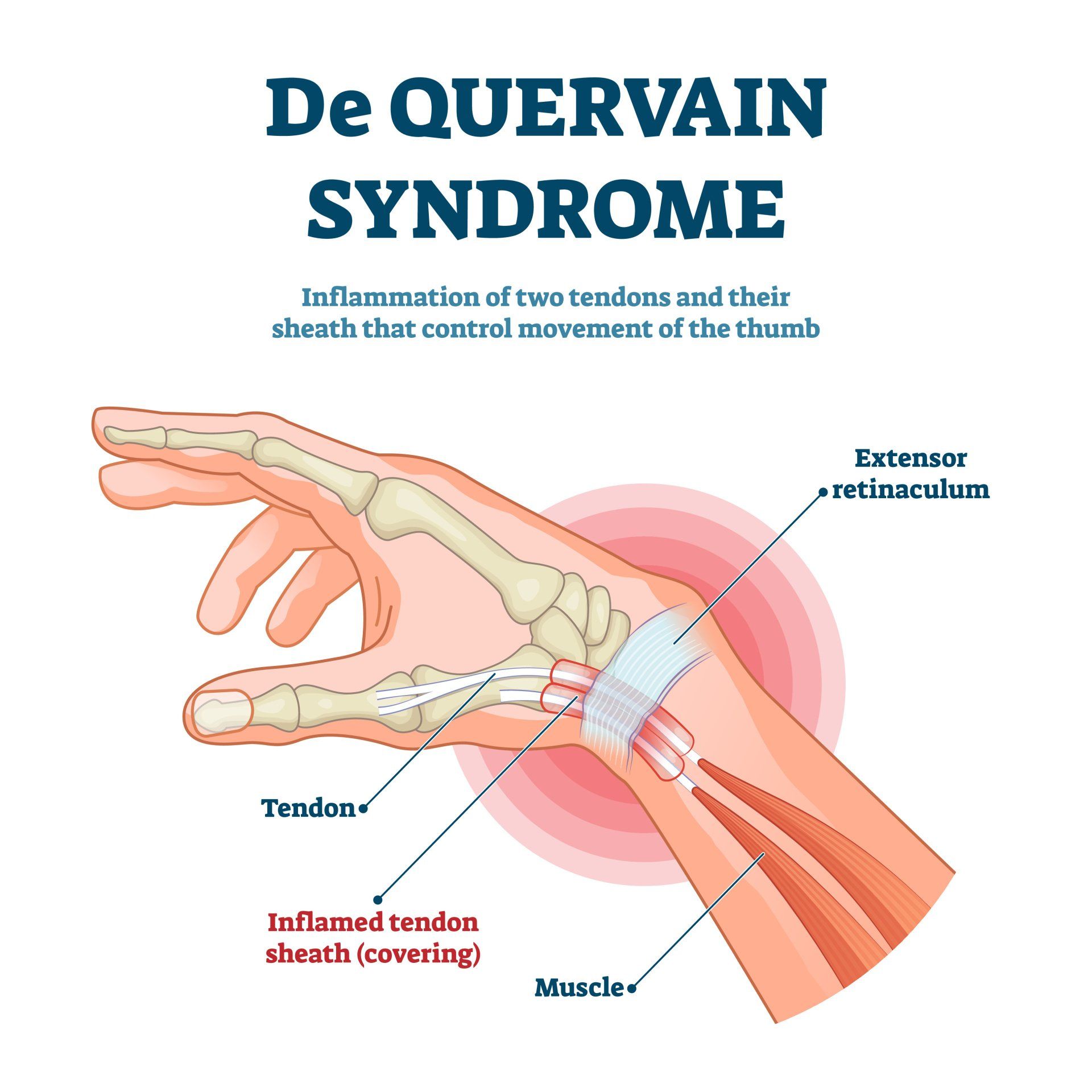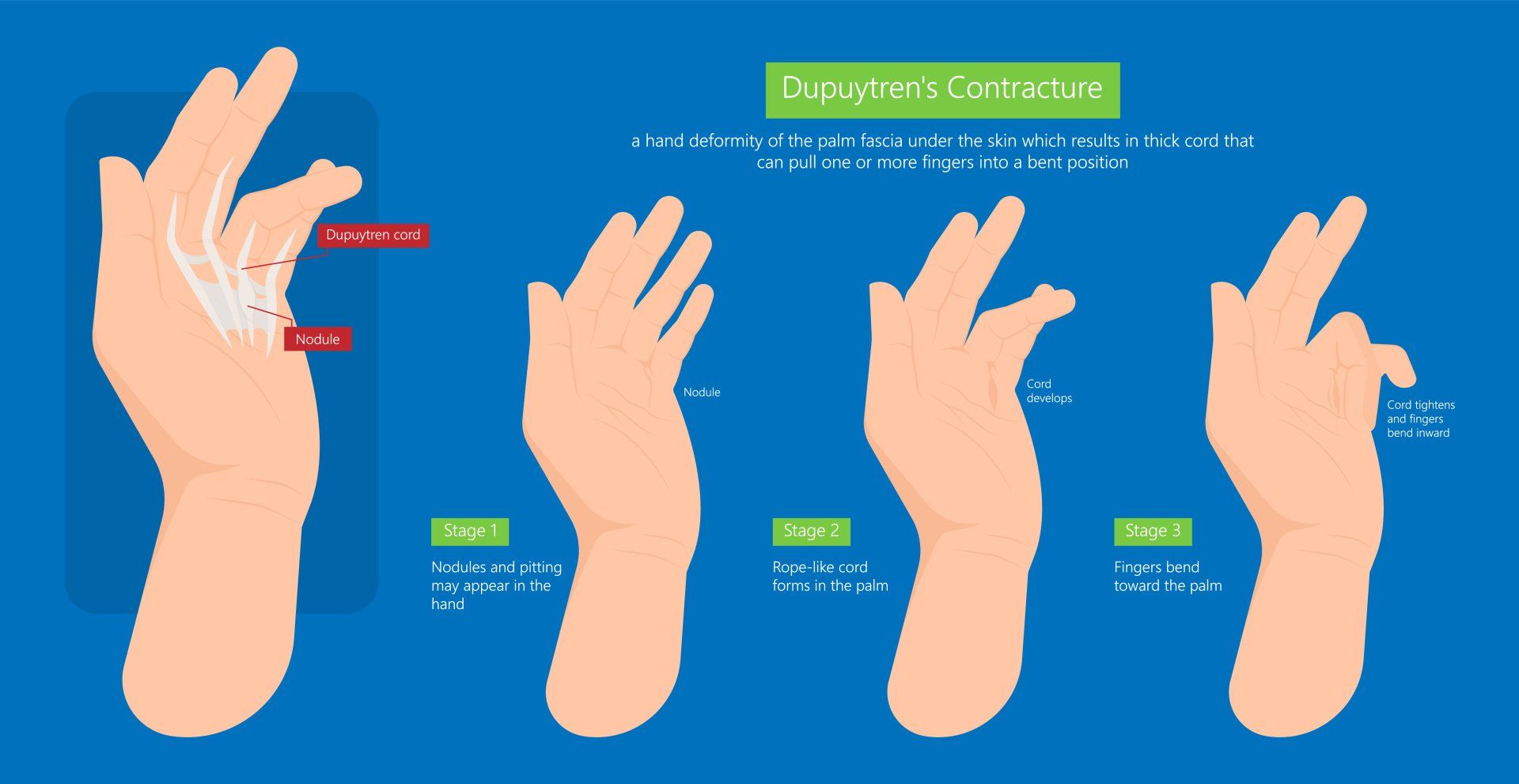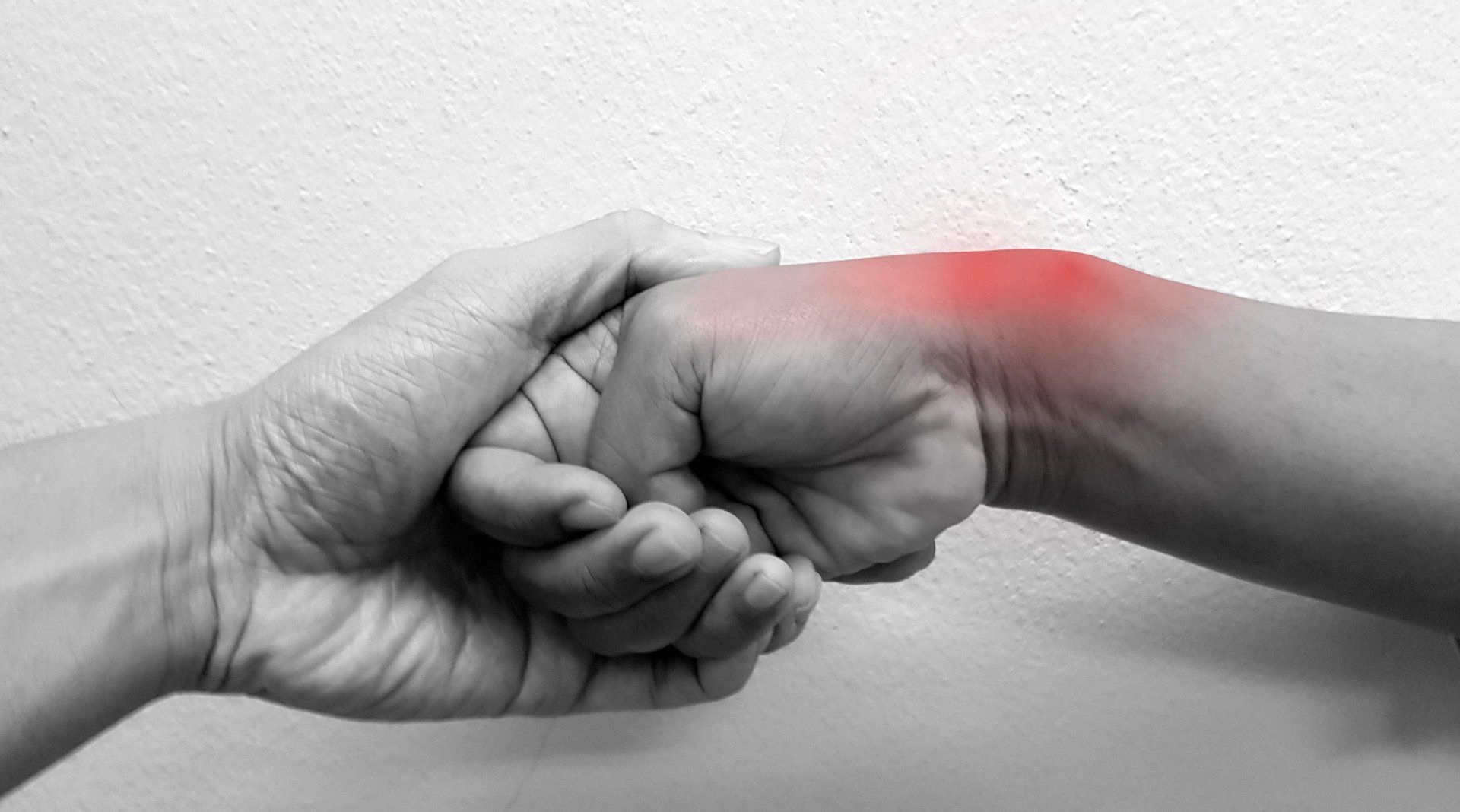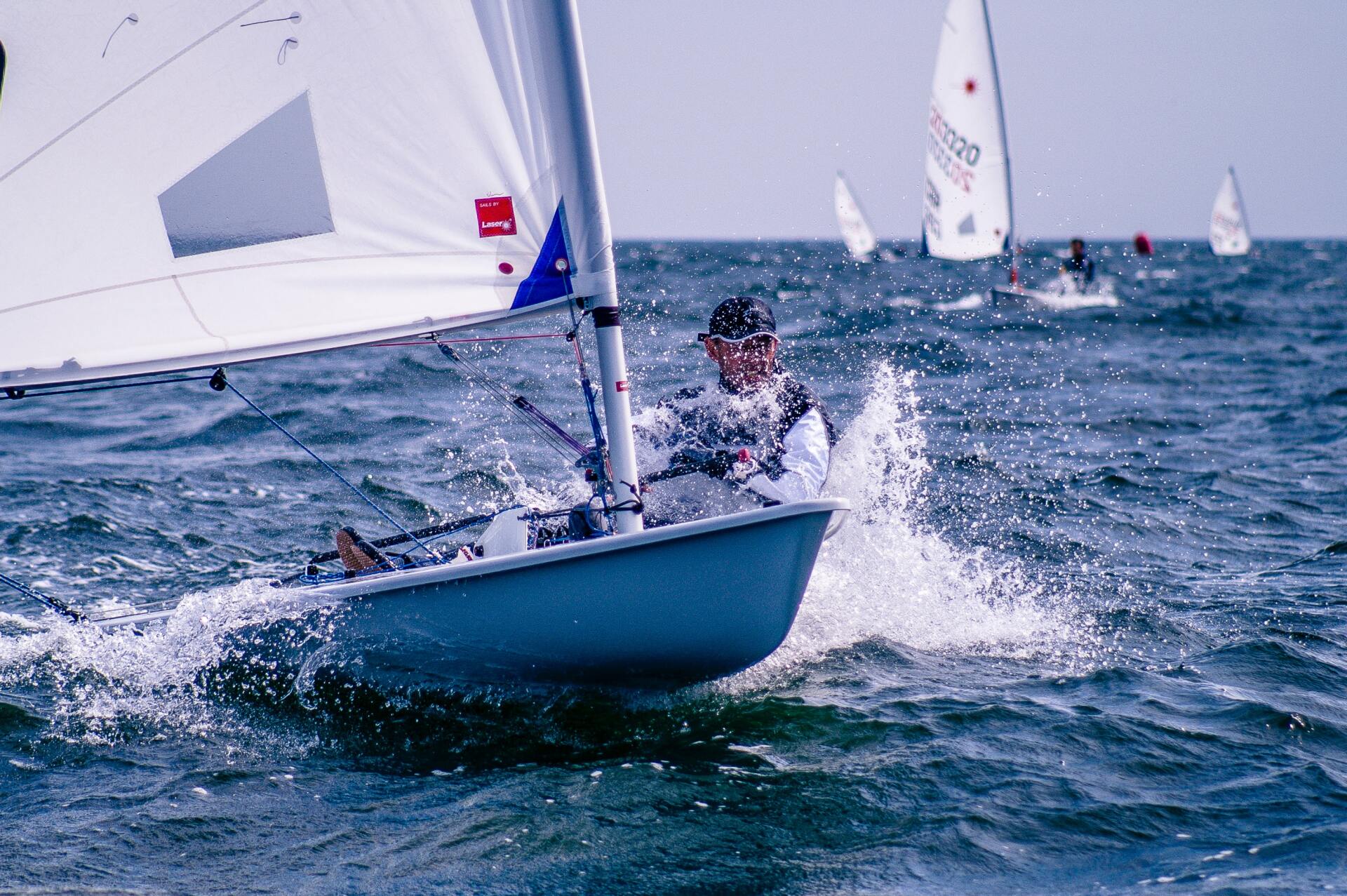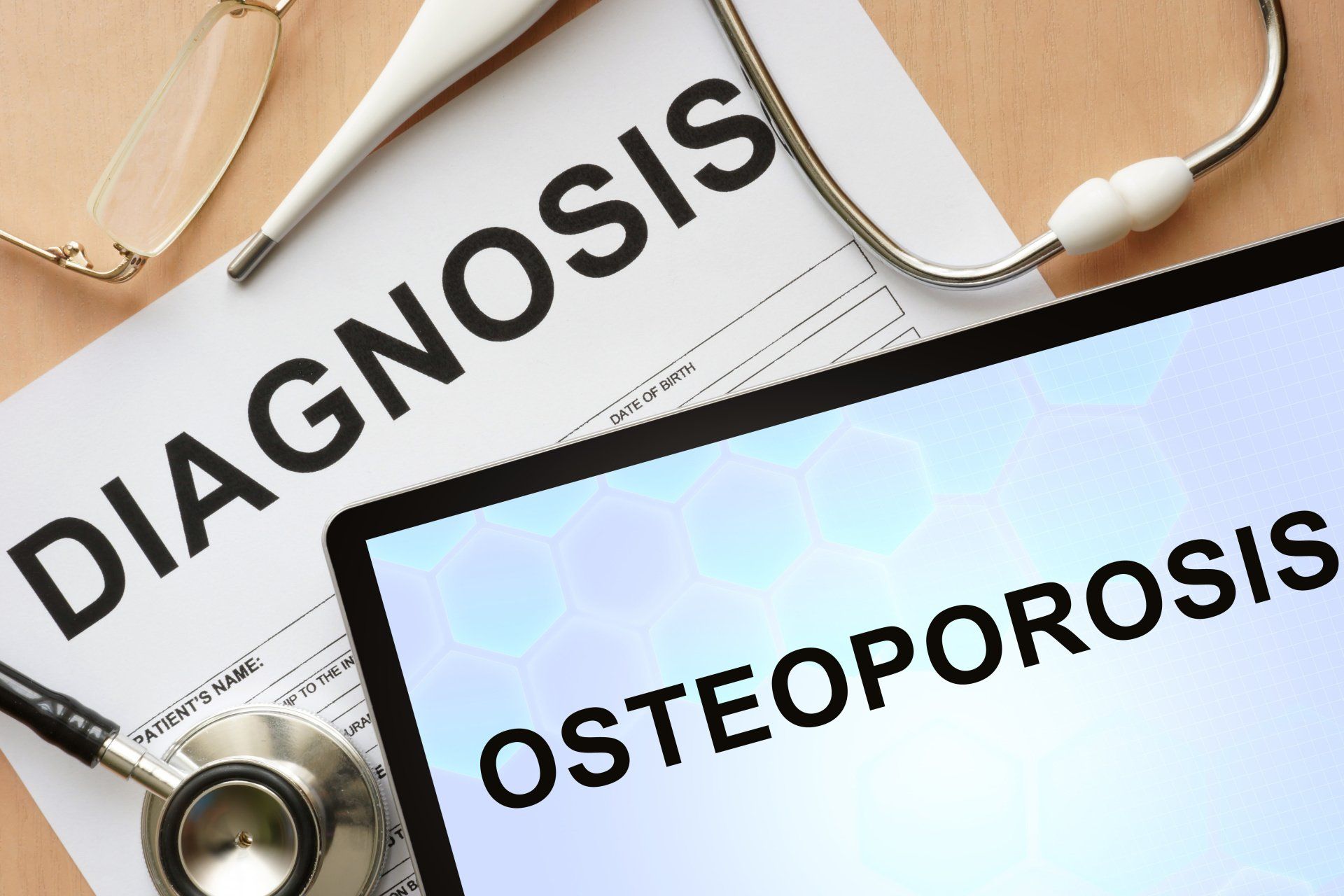Repetitive Strain Injury
Introduction
- This term is also known as repetitive motion or stress injury and occurs as a result of carrying out the same motion repeatedly over time causing injury to muscles and tendons
- It is associated with repetitive tasks, sustained or awkward position, forceful exertion, vibration or compressive forces
- It can affect almost any joint in the body
- Most commonly affected areas are hands, wrists, shoulders and neck
- It is thought to affect 5-10% of the general population but can be as high as 20-40% in specific working populations
Symptoms
- Pain over a joint or muscle
- Throbbing sensation in the affected area
- Reduced or altered sensation such as tingling
- Reduced strength
- Sensitivity to heat or cold
Causes
- Overuse of a muscle or muscle group
- Poor posture whilst carrying out a repeated motion
- Maintaining the same posture for prolonged periods of time
- Use of vibrating equipment
- Working in cold conditions
- Vigorous activities
- Lifting heavy loads
- Fatigue
- Sustained pressure over a certain area
- Increased psychological stress worsens the symptoms of RSI
Diagnosis
- Diagnosis is made through history in particular:
- What triggers the pain
- Details of the repetitive action
- Examination of the patient
Treatment
- Medication:
- Anti-inflammatory painkillers such as ibuprofen and diclofenac
- Muscle relaxants such as diazepam
- Antidepressants
- Sleeping tablets to alleviate sleep disturbance if present
- Heat and cold:
- Applying either one can help pending on patient’s symptoms
- Brace or splint:
- Immobilisation of the joint can help some patients but need to avoid prolonged use to prevent stiffness
- Physiotherapy:
- Exercises to help improve strength and range of motion around the painful joint
- Improve posture
- Steroid injections:
- They can help to alleviate pain if inflammation is present
- Surgery:
- Can help alleviate pressure on nerves and tendons
Prevention
- The best cure is always prevention
- This can be difficult to do if due to work the same action is repeated over many years
- The most effective way is to reduce the frequency (ideally stop) and intensity of the provoking activity
- If the activity cannot be stopped then ways to reduce the risk of injury are:
- Take regular breaks
- Exercise regularly and keep in shape
- Improve posture
- Improve technique when carrying out the task
- In case of a desk job, stand up and stretch frequently
- Resting the eye by looking in the distance
- Carrying out exercises to strengthen the eye muscles such as focusing both eyes on a pen tip and bringing it closer to your face as far as the eyes can maintain focus on it without it becoming blurred
Examples of common types of Repetitive Strain Injuries
- Bursitis:
- Inflammation of fluid filled sacs located at points where muscles or tendons slide over bony prominences commonly around the knee, elbow or shoulder causing pain and swelling
- There are over 150 bursae in the human body
- Commonly seen in patients who are on their knees (e.g. plumbers) or rest their elbows on solid arm rests (office jobs)
- Avoid resting on hard surfaces and use cushions/pads to reduce the pressure and friction
- Tendonitis:
- A tendon is a strong fibrous connective tissue that connects muscle to bone and so when a muscle contracts causes movement on the bone it attaches to
- Tendonitis is inflammation of the tendon and can occur anywhere in the body
- Tendinopathy:
- This is weakening of the tendon through multiple tears in its structure that fail to heal properly and there is a build up of collagen type III instead of the normal type I collagen
- It can affect any tendon but is more common in tendons around the knee (patella tendon, quadriceps tendon), Achilles tendon
- Tennis elbow:
- Overuse injury of the wrist extensor tendons that originate over the lateral epicondyle of the humerus (bony prominence on the outside of the elbow) and act to bring the wrist backward away from the palm
- The extensor tendon most commonly involved is the extensor carpi radialis brevis
- Most commonly occurs between 30 and 50 years of age
- Those who play racket sports especially tennis are at risk as well as butchers, carpenters, musicians, painters
- Presents with pain, burning or an ache on the outside of the elbow and forearm which is made worse by extending the wrist
- Treated with activity modification and avoiding provocative movements, anti-inflammatory medications, physiotherapy, injections and surgery
- Golfer’s elbow:
- Similar in nature to tennis elbow (although much less frequent) and it affects the wrist flexor muscles that originate over the medial epicondyle (bony prominence on the inside part of the elbow)
- Pain is located on the inside part of the elbow and made worse when the wrist is flexed (bending the palm downwards)
- Most commonly seen in people playing golf but is not limited to them
- Racket sports, weight training, throwing sports and physically demanding occupations such as plumbers and carpenters are also at risk
- Physiotherapy exercises are the most effective mode of treatment
- Carpal Tunnel Syndrome:
- Compression of the median nerve as it passes from the forearm into the hand through a passage called carpal (i.e. wrist) tunnel
- Commonly seen in patients who type a lot or work in assembly lines
- Presents with numbness, tingling and weakness in the hand (the thumb, index and middle fingers)
- Treated with splints, steroid injections or more effectively with an operation called carpal tunnel decompression to release the tight transverse carpal ligament which forms the roof of the tunnel
- Cubital Tunnel Syndrome:
- The ulnar nerve is injured as it passes on the inner side of the elbow through the cubital tunnel becoming inflamed, swollen and irritated
- Is the second commonest nerve entrapment after carpal tunnel syndrome of the median nerve
- Common causes are sleeping with the elbows bent, resting the elbows on the arms of a chair or armrest of a car
- Presents with pain and tingling and of the little and ring fingers and if more severe with weakness in grip strength
- Treatment includes avoiding provocative activities that require holding the elbow bent for a prolonged period, not leaning the inner side of the elbow on hard surfaces, wrapping a towel around the elbow when going to sleep to keep it straight
- Surgical decompression of the ulnar nerve at the elbow called cubital tunnel release can be performed and is reserved for more severe cases and those that fail to resolve with conservative measures
- De Quervain’s tenosynovitis:
- Pain and tenderness near the base of the thumb when turning the wrist, gripping something or making a fist
- Sports that can cause this include tennis, golf and rowing
- More common in women, during pregnancy, those over 40, sports or occupation involving repetitive wrist movements
- Treated with rest, avoiding provocative movements, splints, anti-inflammatories, steroid injections, physiotherapy, surgery to release the pressure on the tendons
- Dupuytren’s contracture:
- One or more fingers (most commonly the little and ring fingers) bend and curl towards the palm permanently
- It starts and progresses gradually
- Usually starts with small hard nodules under the skin of the palm and over months or years gradually worsens with thickening and shortening of connective tissue in the palm (palmar aponeurosis)
- The thickened palmar aponeurosis takes the form of cords which give a false impression that they are thickened tendons
- Risk factors for Dupuytren’s contracture are:
- Age:
- More commonly found in over 50 year olds
- Gender:
- Men are more likely to be affected, to have a more severe and aggressive form and the finger contractures to occur more quickly
- Hereditary:
- Commonly found within families which also happens to be a more severe and aggressive form compared to those without a family history of Dupuytren’s
- Ancestry:
- More common in those who descend from Northern European countries
- Consumption:
- Excessive alcohol and tobacco consumption as well as chronic intake or anti-epileptic medications increase the risk
- Endocrine:
- Diabetes mellitus increases the risk of Dupuytren’s
- Patients are unable to put their hand flat on a table and the bent finger frequently gets caught in simple activities like putting the hand in a pocket
- Numerous treatment options are available including splinting, steroid injection, and surgery
- Raynaud’s disease:
- Raynaud’s disease occurs due to constriction (spasm) of the small blood vessels to the skin of the extremities when the patient is cold or emotionally stressed
- The fingers are affected in particular as well as the toes and sometimes the nose and ears
- There are two forms of Raynaud’s
- Raunaud’s disease:
- This is idiopathic without a specific cause
- It is the more common type
- Symptoms are milder but affect patients at a younger ager (15-25 years)
- Raynaud’s phenomenon:
- This is secondary to conditions such as connective tissue diseases (scleroderma, Sjögren syndrome, rheumatoid arthritis), carpal tunnel syndrome, traumatic secondary to chronic use of vibrating tools
- It is less common but more severe form of Raynaud’s
- Symptoms:
- Cold fingers that change colour to blue, purple or white and when they are warmed up the become red and numb
- Raynaud’s is more common in women, those living in colder climates and those using vibrating tools
- Managed by keeping the extremities warm, wearing gloves, avoiding the cold, and taking medications that help open up the small arteries
Further helpful information can be found here on:
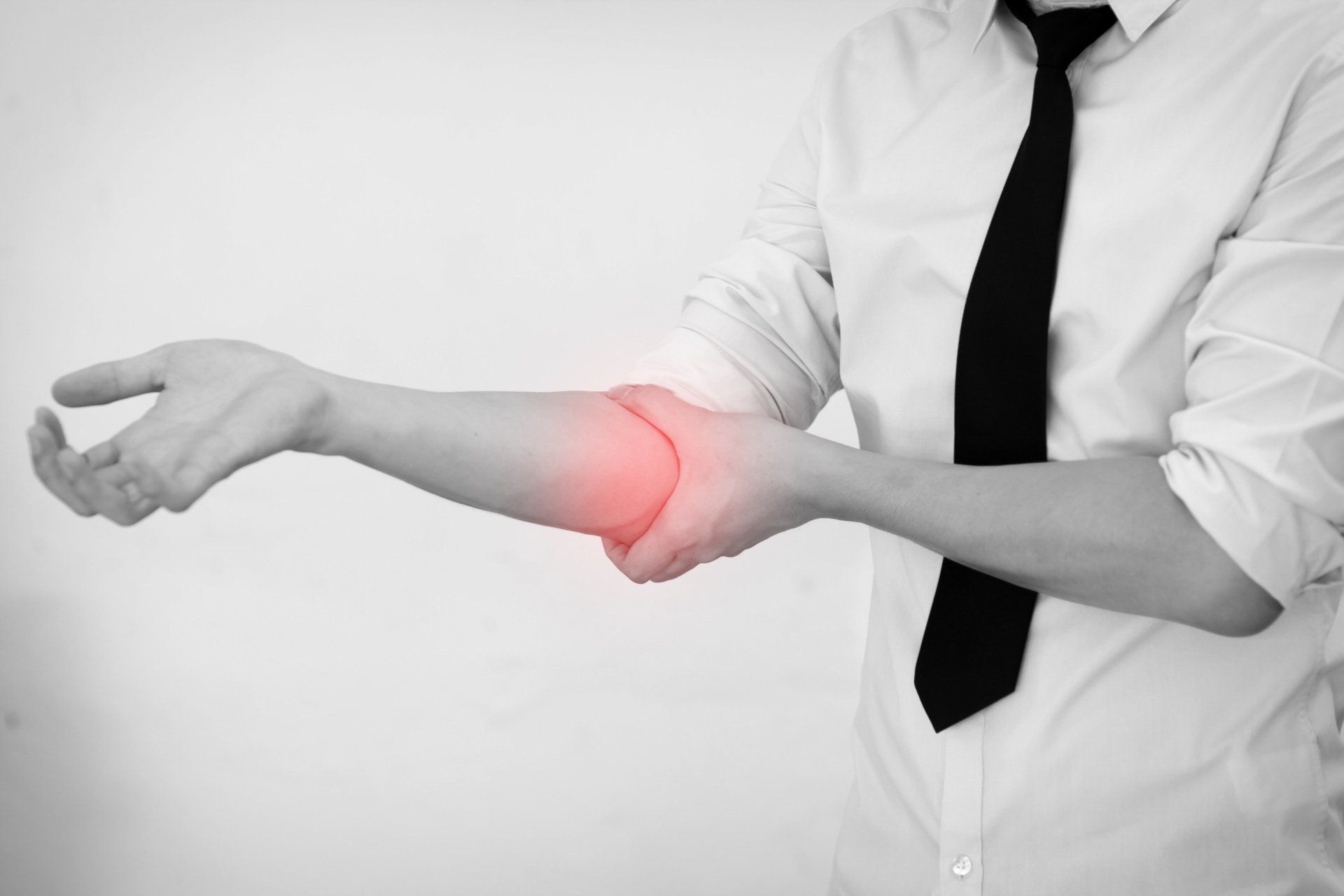
Introduction Cubital Tunnel Syndrome occurs when the ulnar nerve is compressed within a tunnel on the inner (medial) side of the elbow just behind the bony prominence of the inner aspect of the elbow called the medial epicondyle Cubital Tunnel Syndrome is the second most common cause of peripheral nerve compression: The most common one being carpal tunnel syndrome (compression of the median nerve at the wrist) The ulnar nerve is one of the three main nerves of the upper limb: The other two nerves of the upper limb are the median nerve and the radial nerve The ulnar nerve travels from the neck past the elbow and wrist and into the hand: Along the way it travels past some narrow areas where it can be constricted and cause symptoms for the patient The most common site of ulnar nerve compression is in the cubital tunnel at the elbow The second most common site is in Guyon’s canal in the hand When someone accidentally hits the inner side of the elbow (often termed hitting the funny bone) they get a sharp tingling sensation on the inner side of the elbow and forearm: This occurs because the ulnar nerve was hit at the site of the cubital tunnel where the nerve is close to the skin surface and therefore easily injured from outside forces
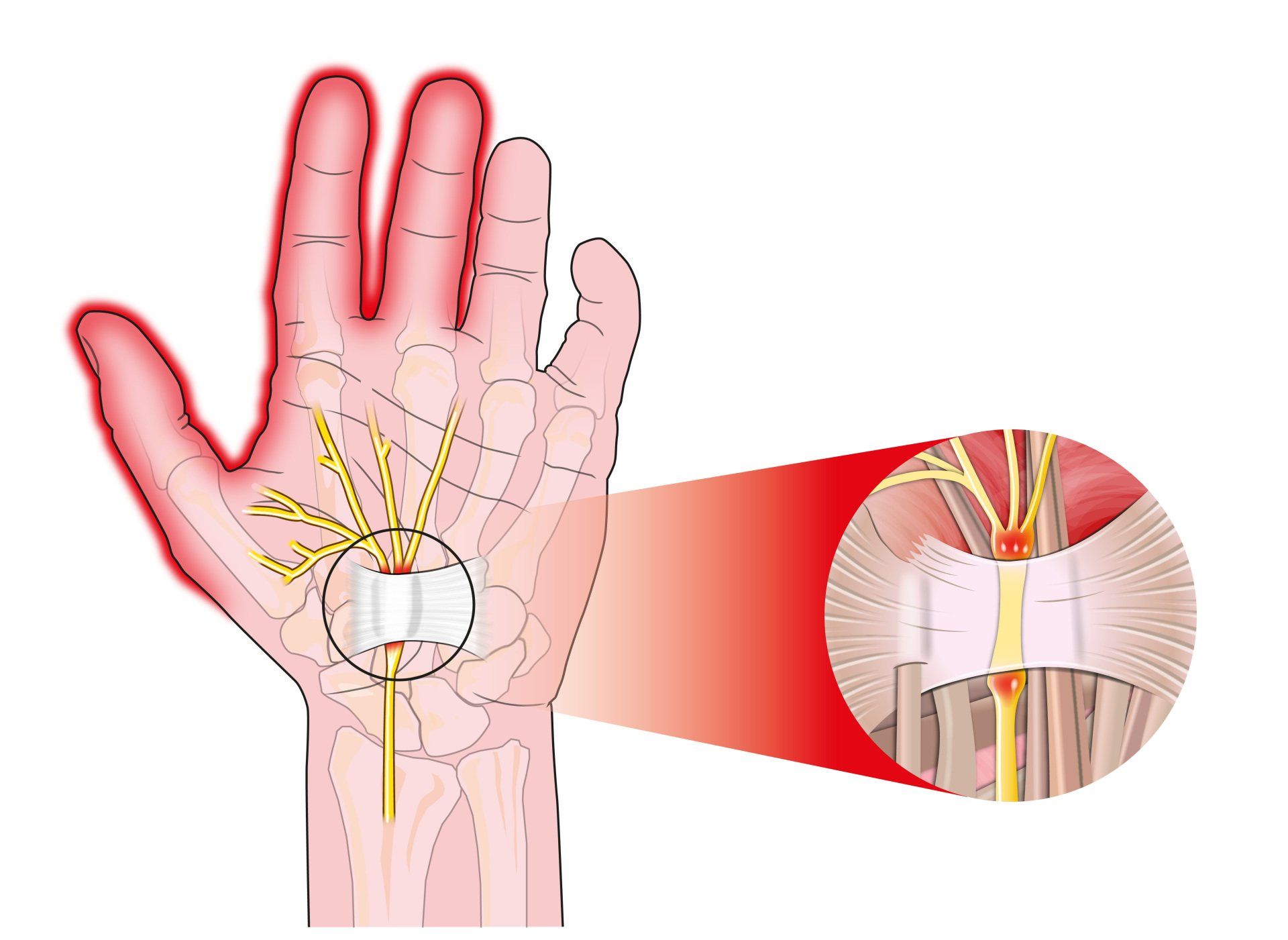
Introduction Carpal tunnel syndrome is a common condition that causes numbness, tingling and weakness in the hand specifically affecting the thumb, index and middle fingers: The little and ring fingers are not affected as they are supplied by another nerve called the ulnar nerve It is the commonest cause of peripheral nerve entrapment It is caused by compression of the median nerve as it passes from the forearm into the hand through a passage called carpal (i.e. wrist) tunnel The median nerve is one of three main nerves that supply the upper limb: The other two nerves are the ulnar nerve and the radial nerve
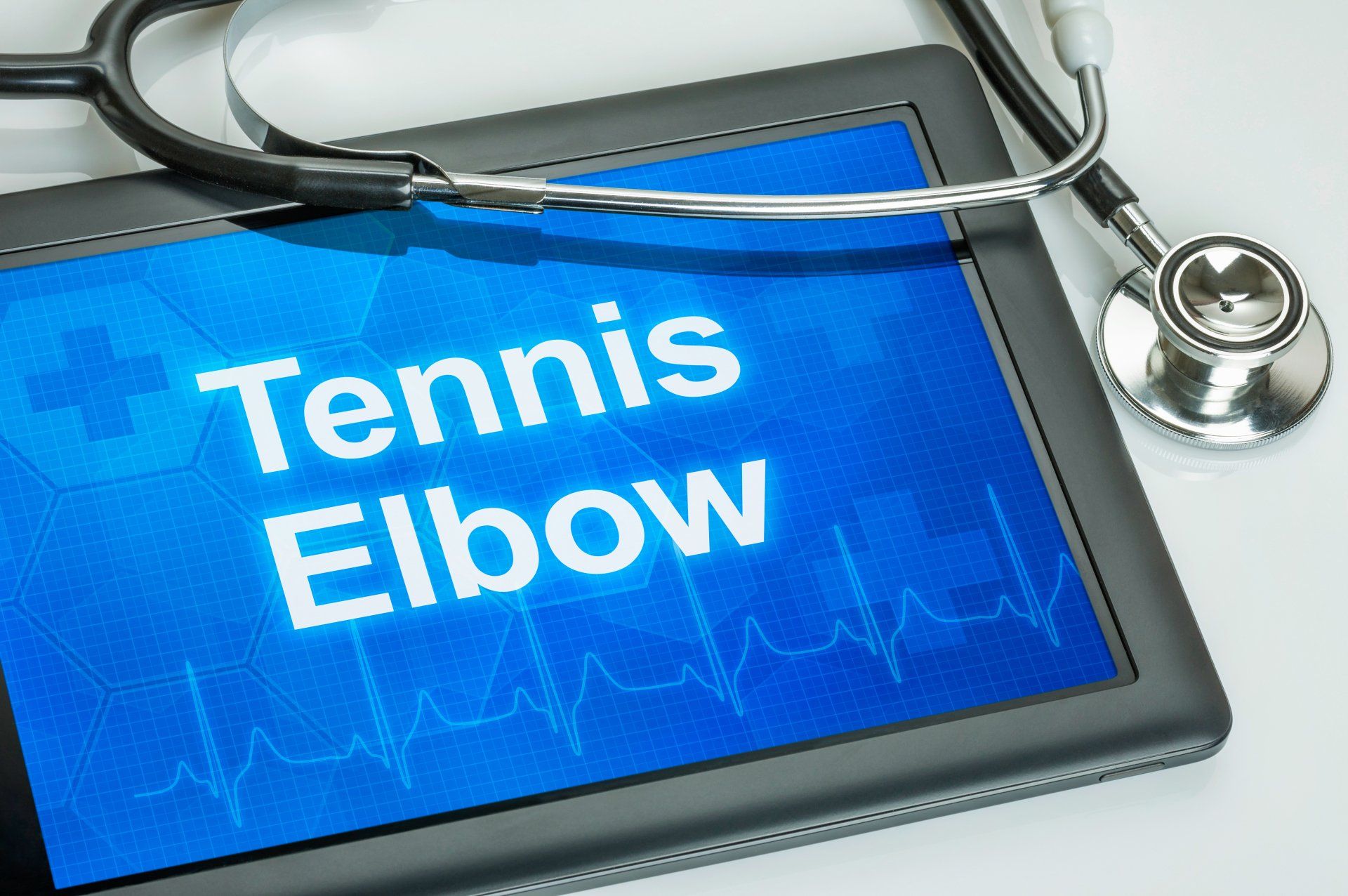
Introduction Tennis elbow (also known as lateral epicondylitis) is an overuse injury of the forearm tendons that originate over the lateral epicondyle of the humerus (bony prominence on the outside of the elbow) and act to bring the wrist backward away from the palm Whilst tennis players are particular prone to this condition it does not occur exclusively to them





